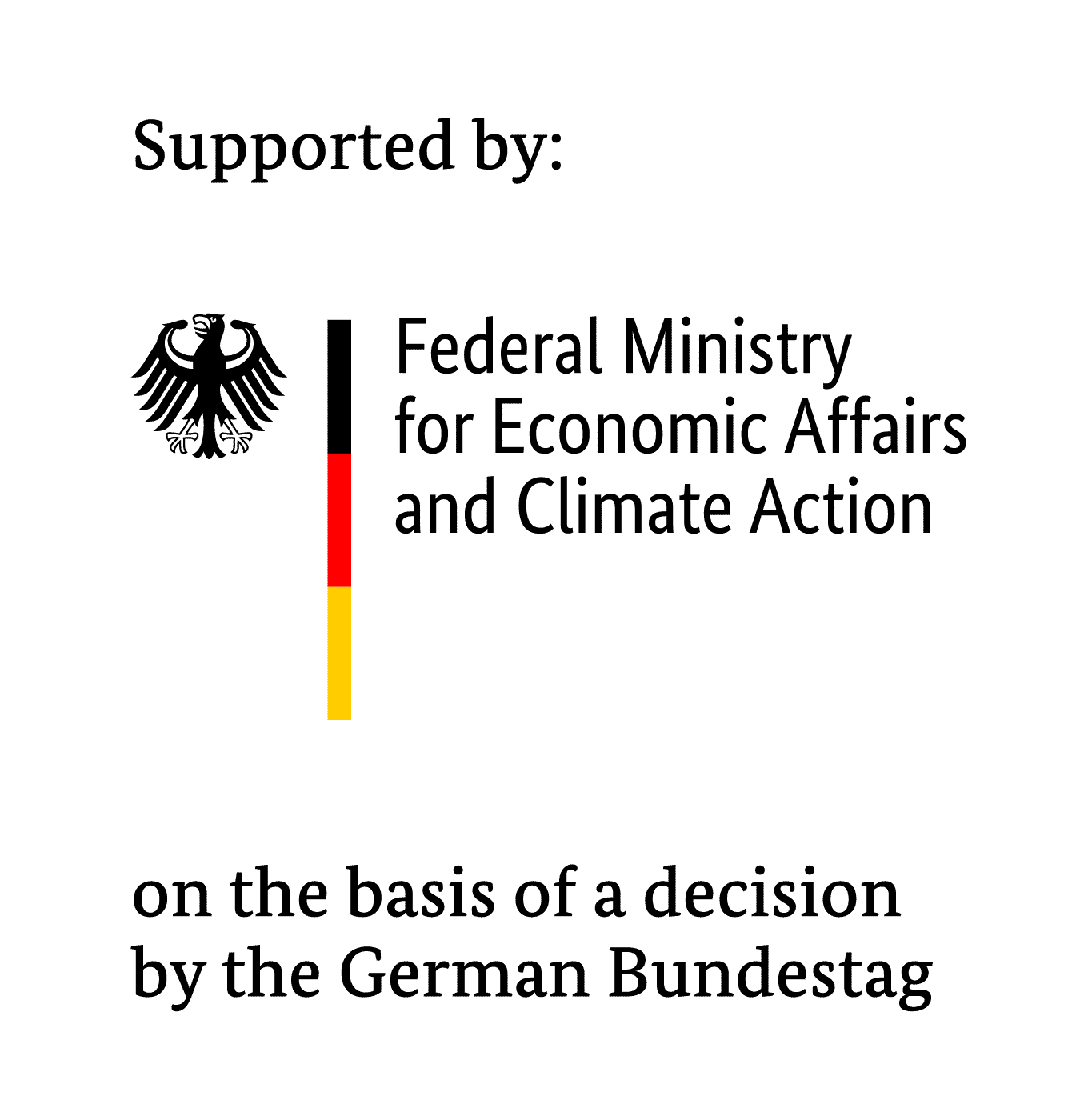Projectname:
Causes of wetting disorders in roller coating metal surfaces
Workgroup: Filling and packaging processes
Spokesman of IVLV-Project Team: Hr. M. Budweg/ICI Packaging Coatings
Research Institution: Institut für Print- u. Medientechnik, TU Chemnitz/TU Bergakademie Freiberg/Forschungsinstitut Pigmente und Lacke., Stuttgart
Scientific Guidance: Prof. Dr. Beier/Dr. Bombach/Dr. Joos-Müller
IGF: 14346BG
Financing in 2007: BMWi
Project Duration: 2005 – 2007
In (food) packaging, wetting disorders can sporadically occur in roller coating tin foil and aluminium. These adversely affect both the optical characteristics and the corrosion resistance of the packaging material. Due to the possible corrosion, wetting disorders can result in a failure of the material and have to be remedied leading to increased time and cost expenses. Disorders can be prevented by temper cleaning of the metal surface or be removed by repeated coating, for instance. Typically, disorders occur both in coil as well as in sheet coating abruptly during production and are mostly visible to the naked eye.
The causes for wetting disorders are manifold. One is the kind of surface treatment of the metal. Presumably, the passivation layer of the tin foil and aluminium has a decisive influence on the attachment of humidity to the metal surface, which can lead to coating disorders depending on the applied lacquer. Inhomogeneous oil film as well as surface roughness can influence the coating. Furthermore, physical and chemical properties of the used lacquer can cause disorders. Additionally, roller coating can lead to wetting disorders. In roller application systems, for instance, defects can be caused by the formation of cavitation bubbles. Further influences are compression, speed and temperature.
Aim of this project is the identification of the causes for lacquer wetting disorders and, in consequence, the development of process chains for the disorder-free coating of metal surfaces for the packaging industry. In the context of the cause study, a catalogue will be composed characterising the various kinds of disorders and assigning practical measuring methods to each. Thus a precise classification of disorders will be possible in the running production and the communication between coating company and lacquer resp. metal producer will be improved. A faster disorder diagnosis can, if the causes for the respective wetting disorder are known, lead to a quick and targeted remedy of defects.
Eventually, optimised procedures for disorder-free coating of metal surfaces shall be developed on the basis of the cause study for wetting disorders. Thus both production defects and the resulting time and cost expenses can be avoided as well as possible customer complaints and an involved loss of image. Furthermore, an increase in productivity can be expected for the coating companies relating to an improved lacquer wetting of metal surfaces. Therefore, the desired research results represent a considerable economic advantage for the producers and refiners of plates as well as for the coating companies and the end-consumers of the coated packages.

The IGF project presented here by the Research Association of the Industrial Association for Food Technology and Packaging (IVLV e.V.) is funded by the Federal Ministry for Economic Affairs and Climate Action as part of the program for the promotion of industrial community research (IGF) based on a decision of the German Bundestag.